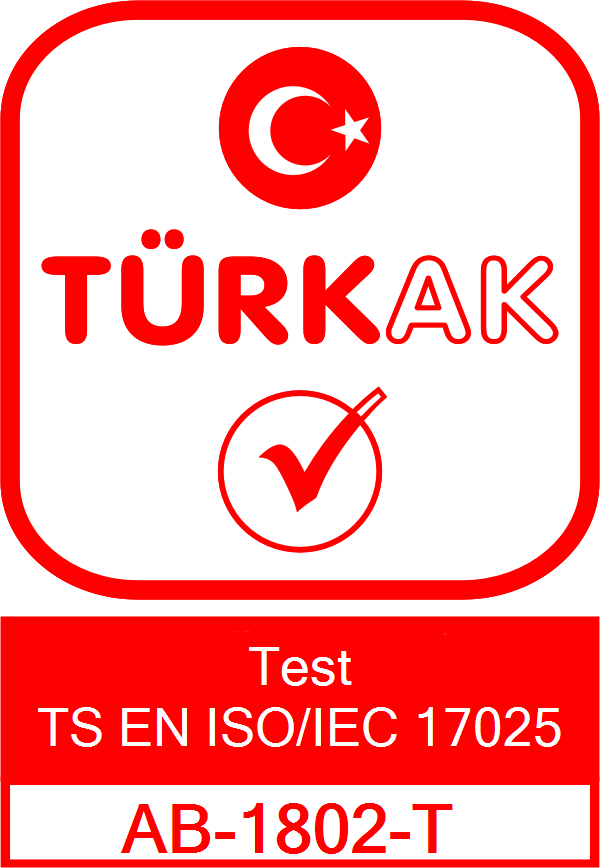
. Quantitative suspension test for the evaluation of fungicidal or yeasticidal activity
. Quantitative suspension test for the evaluation of fungicidal or yeasticidal activity
Contents
EN 1650 is a standard used in Europe to evaluate fungicidal efficacy. It is specifically designed to test the fungicidal activity of disinfectants and antiseptics. The purpose of this standard is to determine how effective a disinfectant is against certain types of fungi under certain conditions.
The main features of the EN 1650 standard are:
1. *Test Organisms*: Fungi species frequently tested according to this standard are Candida albicans and Aspergillus brasiliensis (formerly Aspergillus niger).
2. *Effectiveness Criterion*: For a disinfectant to be considered "effective" according to the EN 1650 standard, it must kill a certain percentage of the test fungi within a specified time.
3. *Test Conditions*: Certain conditions and procedures are followed during testing. For example, it is brought into contact with the cork at a certain temperature and for a certain period of time during the test.
4. *Result*: If a disinfectant is successful when tested according to the EN 1650 standard, this information may be indicated on the product label. This indicates that the product is effective against certain types of fungi.
Testing and successfully passing a product according to the EN 1650 standard indicates that the product has broad fungicidal activity. However, just because a product passes this test does not mean it is effective against all types of fungi. Therefore, it is important to carefully read the information indicated on the product label when choosing the appropriate disinfectant for a particular use.

